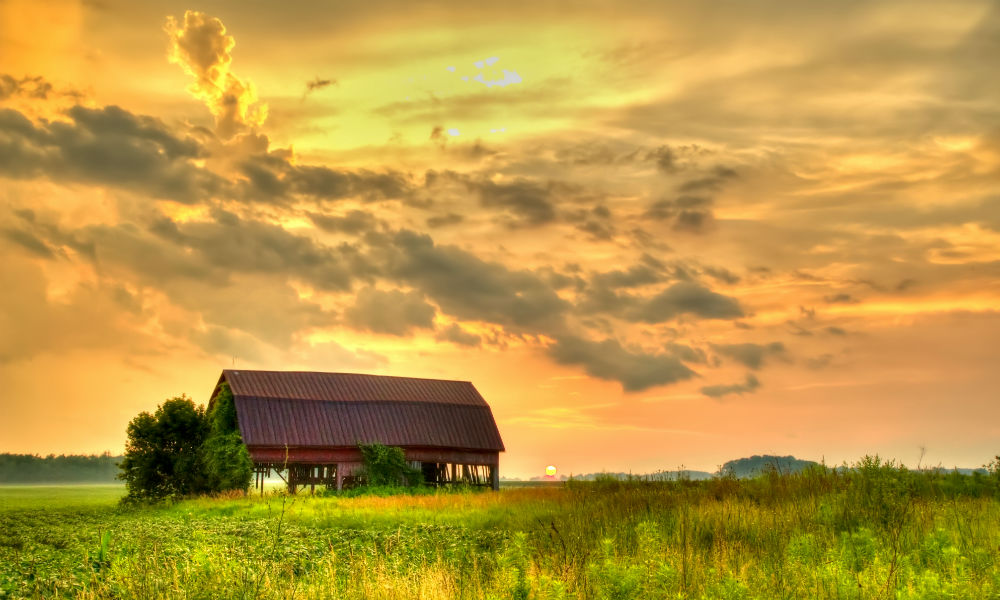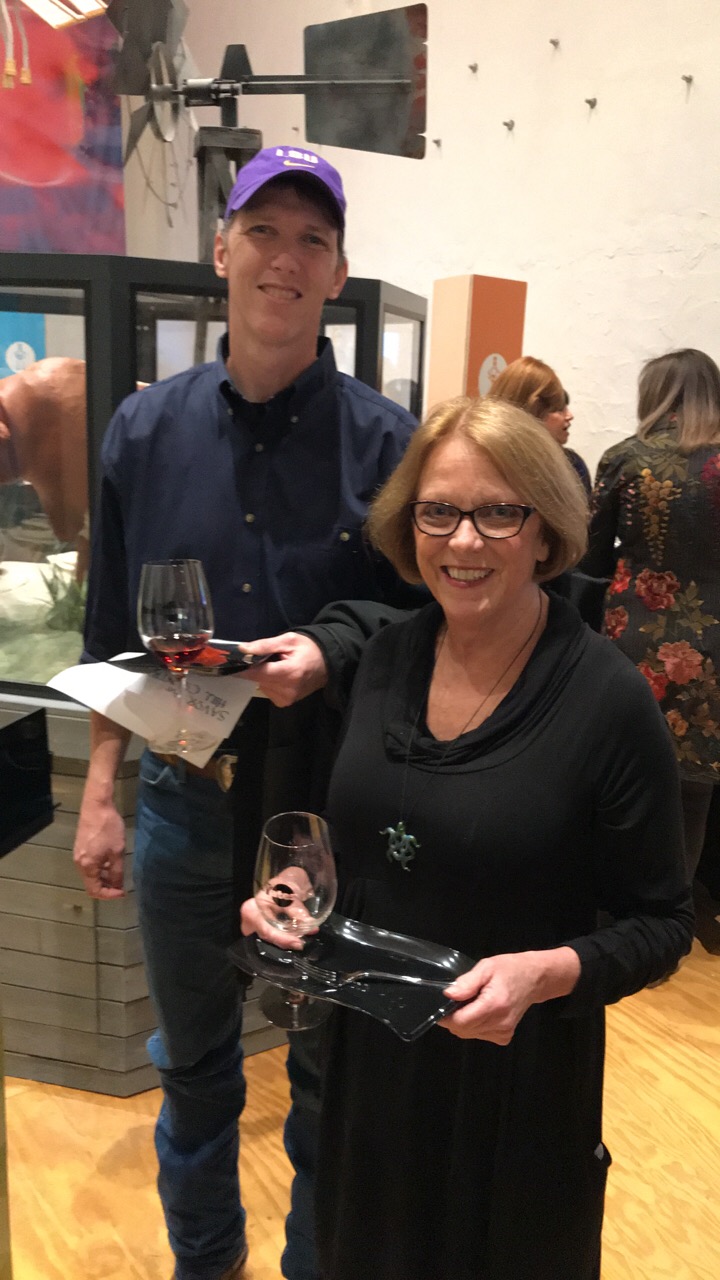
When Ginger and David McCullough sold their cattle ranch in the Texas Panhandle and moved to Johnson City to be closer to their son they didn’t expect to no longer be connected to the outside world.
 Ginger & David McCullough
Ginger & David McCullough
“We were moving to an area that wasn’t far from two major metropolitan cities—Austin and San Antonio,” David said. “So, we thought having access to broadband would be automatic. We thought everyone would have it because in this modern time it’s like another utility and is now as important as water or electricity.”
When the McCulloughs moved to Johnson City in 2016 most families and businesses either couldn’t get it or, if they did, it was slow at best. For many, the only access was at the library.
“People would be lined up outside the library even as early as six in the morning, just trying to connect to the wireless signal,” David added.
Fast forward to 2019 and the McCulloughs are running Hill Country (HC) Wireless. They developed their own network from the ground-up and are now providing high-speed internet services to 350 customers—and they’re starting a second company to meet the demand in other communities.
“You could replicate what we’ve done in Johnson City in so many small communities,” Ginger said.
A Three-Pronged Approach
“Even before they had the business, David would come to the library and volunteer to help with our IT needs,” said Maggie Goodman, director of the Johnson City Library. “He’d come in once a week and tackle the long list of problems we had.”
 Johnson City Library
Johnson City Library
David McCullough provided all the tech help he could for the library—from updating computer software to working on its network. While there, he noticed just how many people were using the library’s computers simply because they could not get internet access where they lived.
“We do everything on the internet now,” Goodman said. “So many of the people we help are doing job applications online, are doing training courses online, accessing health resources.”
As word spread about what David was doing at the library, area businesses and churches started calling him to see if he could help improve their connections as well. That’s when the couple started researching how they could help the entire community.
“A friend of ours ran Amarillo Wireless and was very successful in connecting people all over the panhandle,” said Ginger. “We talked with him about how it could be done and, at one point David had all these radios in our house and was testing them.”
In January 2018, they officially opened HC Wireless. The business plan had a focus on community and made three promises to customers: 1) to buy the best technical equipment they could, 2) deliver exceptional customer service, and 3) be solution oriented—finding ways to deliver better internet service in even the hardest-to-reach areas.
“There was a learning curve for us. We installed some point-to-point technology in the winter, and then the trees started blooming in the spring, and suddenly it didn’t work. That’s when we realized we needed other technology as well to cover all our customers,” Ginger said.
So now, the company offers three options: point-to-point, LTE technology, and an off-grid solution. Using Telrad LTE radios, the LTE technology covers an area kind of like a blanket. It can go over ridges and in between spaces.
HC Wireless plans to build more towers to reach more homes and businesses. Until then, the company provides its most remote customers with the off-grid solution. It’s basically a cellular signal that has a commercial grade hotspot. If bandwidth drops to more than 10 percent below the customer’s bandwidth plan, the McCulloughs get an alert—just to make sure they’re delivering on what they’ve promised.
“Having internet affects everything in our area,” said David. “We get calls from people all the time who want to buy a home or some property. But they want to know if we can get internet service to them first. If we can’t, they won’t buy or lease.”
The Unserved and the Underserved
The demand is so great in rural central Texas that the McCulloughs have now formed a second company called Hill Country Towers. They believe they can replicate their process in other communities and are looking into federal funding programs to help. The only problem—the maps that show current coverage are not accurate.
“To apply for funds, we have to show the need,” Ginger said. “So, I looked at census information, and while I’ve gained insight, I couldn’t find the specific information requirements that actually state bandwidth usage. I need that to help our company qualify for the funding.”
Ginger contacted Connected Nation for help after attending a listening session the nonprofit took part in in Austin. During the session, Chris Pedersen, VP of Planning and Development for CN, discussed the importance of access and the need for better broadband mapping.
“It’s a problem our staff has seen across the U.S.,” said Pedersen. “The lack of granular data that truly reflects where the unserved or underserved populations are makes it difficult for providers and even communities to identify the problem and access funding.”
Connected Nation’s mission is to find innovative solutions for expanding access, adoption, and use of broadband to all people. That work ranges from training people on digital skills to helping facilitate public-private partnerships to advocating for better mapping and more granular data.
“Currently, broadband access is tracked by the Federal Communications Commission at the census block level—meaning if one or two homes have coverage then the entire census block is counted as having access. This is particularly problematic in rural areas where census blocks can be hundreds of square miles,” Pedersen explained.
Without better broadband data, rural America will continue to struggle because the scope of the problem won’t be clear. With it, federal and state funders can invest intelligently, where the need is greatest, and truly work to close the Digital Divide. That includes investing in rural infrastructure and in companies like HC Wireless.
“I have more than 300 people in my software system right now, just waiting for us,” Ginger said. “When they have to wait too long, they stop believing in you. We don’t want that to happen. These families and businesses need our help—not next month or next year, but now.”
Edited by
Maurice Nagle